Thermistors tend to be more accurate than RTD’s and thermocouples, but they have a much more limited temperature range because of their marked non-linearity.
A Thermistor capitalizes on the fact that the electrical resistance of a material changes as its temperature changes. Thermistors rely on the resistance change in a ceramic semiconductor, with the resistance dropping non-linearly with a temperature rise.
Thermistors can be a low cost solution to temperature measurement. They tend to have large signal outputs and their small size permits fast response to temperature changes. UE Thermistors are used to measure temperatures from -45° to 260° C (-50° to 500° F).
Advantages
High Output
Fast
Two-wire ohms measurement
Disadvantages
Non Linear
Limited Temperature Range
Fragile
Current Source Required
Self-heating
Type : NTC
Other characteristics : thin-film
Temperature : Min.:



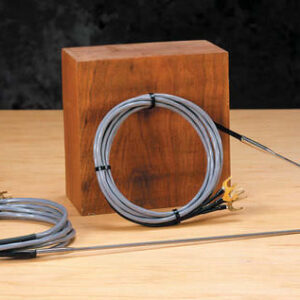
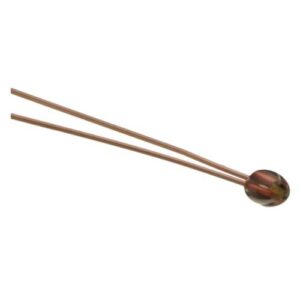
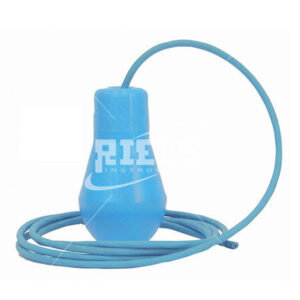

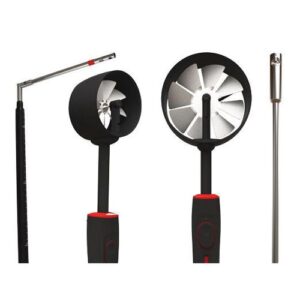

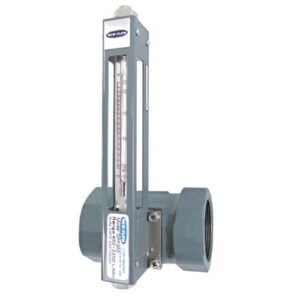
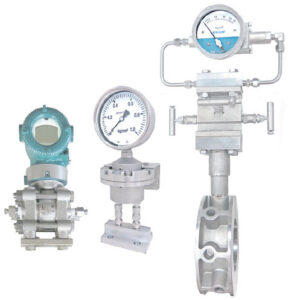
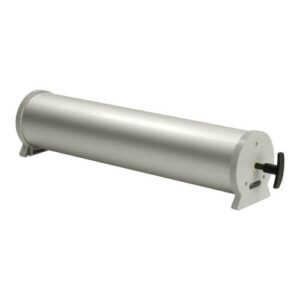

Reviews
There are no reviews yet.